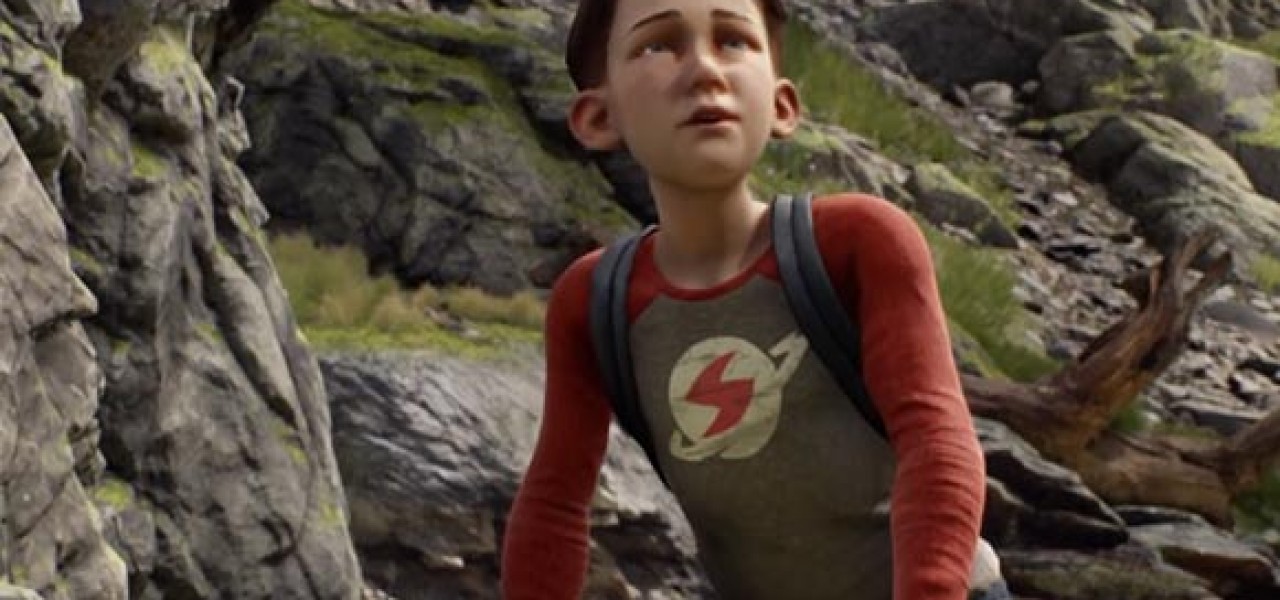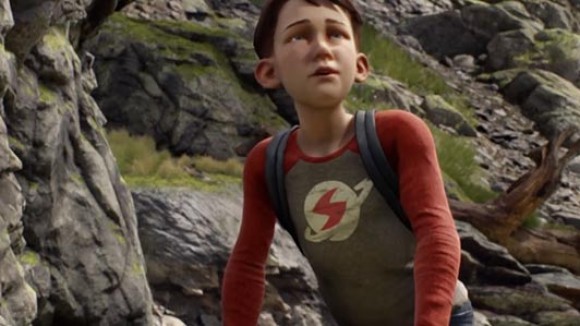

Unreal Encourages Filmmakers To Use Its Game Engine

Video game studio Epic Games, Inc. unveiled a new demo showcasing its latest game engine—the technology that powers the Unreal and Gears of War series—at the 2015 Game Developers Conference (GDC) last month.
Announcing that the Unreal Engine 4 development toolset will now be available to artists for free, Epic demonstrated the technology in an impressive two-minute demo. While Unreal will charge a 5% royalty on games and apps using the engine, it will be royalty-free for filmmakers who wish to use its real-time rendering capabilities for films, TV projects, and other linear-content storytelling purposes.
The demo, A Boy and His Kite, boasts real-time rendering at 30 frames per second in 100 square miles of diverse terrain. The video, which follows a character as he pursues a kite across a lush landscape, also shows off fully dynamic direct and indirect illumination, high quality depth of field and motion blur, and 15 million procedurally placed pieces of vegetation.
An hour-long exploration of the technology in the demo is also available:
Epic Games founder and CEO Tim Sweeney believes that the Unreal Engine will drive the growth of VR cinema and encourage further media convergence. In his State of the Unreal Engine talk at GDC, Sweeney explained that convergence is happening because of the real-time game engine’s photorealistic rendering, which is the “enabling feature that makes it all possible.” Said Sweeney:
“The astonishing thing that happens with photorealistic rendering is once you have realistic objects and realistic lights, you have portability of content between all of these different industries and forms of media. An object that is photoreal that is built for a movie set is as equally applicable to a game or an architectural visualization…We see game developers, architects, storytellers and industrial designers all sharing tools and techniques for their content creation process, and even though they’re creating radically different experiences, they’re now speaking the same language [and] they’re using the same tools, and it’s all happening in real-time in 3D.”

